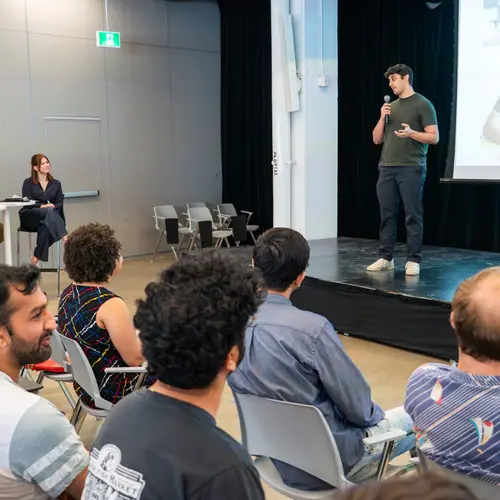
Foutse Khomh
Biography
Foutse Khomh is a full professor of software engineering at Polytechnique Montréal, a Canada CIFAR AI Chair – Trustworthy Machine Learning Software Systems, and an FRQ-IVADO Research Chair in Software Quality Assurance for Machine Learning Applications. Khomh completed a PhD in software engineering at Université de Montréal in 2011, for which he received an Award of Excellence. He was also awarded a CS-Can/Info-Can Outstanding Young Computer Science Researcher Prize in 2019.
His research interests include software maintenance and evolution, machine learning systems engineering, cloud engineering, and dependable and trustworthy ML/AI. His work has received four Ten-year Most Influential Paper (MIP) awards, and six Best/Distinguished Paper Awards. He has served on the steering committee of numerous organizations in software engineering, including SANER (chair), MSR, PROMISE, ICPC (chair), and ICSME (vice-chair). He initiated and co-organized Polytechnique Montréal‘s Software Engineering for Machine Learning Applications (SEMLA) symposium and the RELENG (release engineering) workshop series.
Khomh co-founded the NSERC CREATE SE4AI: A Training Program on the Development, Deployment and Servicing of Artificial Intelligence-based Software Systems, and is a principal investigator for the DEpendable Explainable Learning (DEEL) project.
He also co-founded Confiance IA, a Quebec consortium focused on building trustworthy AI, and is on the editorial board of multiple international software engineering journals, including IEEE Software, EMSE and JSEP. He is a senior member of IEEE.


